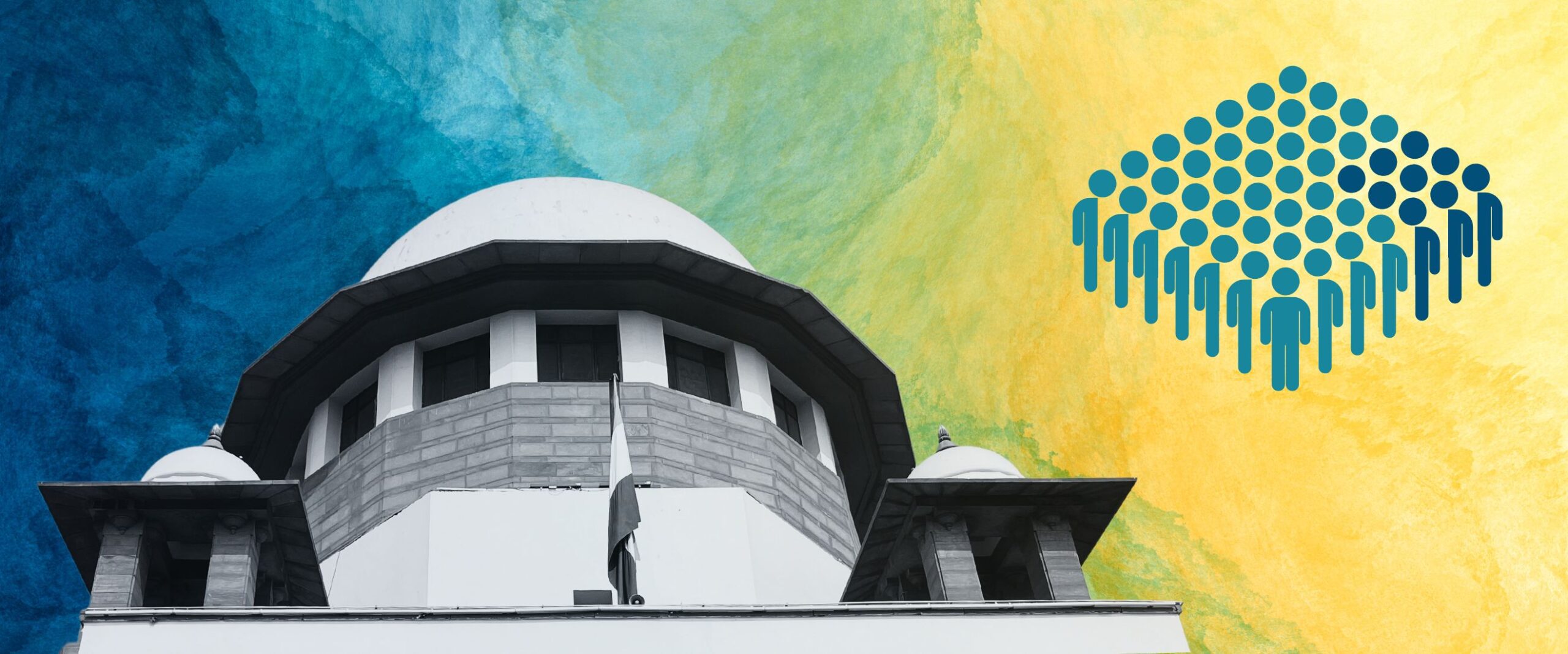Analysis
Carving out a new quota
While upholding sub-classification for the SC/ST categories, the Court noted that there are varying degrees of backwardness within the group

On Thursday, a 6:1 majority of the Supreme Court ruled that states could create sub-classification within the Scheduled Caste and Scheduled Tribe categories. The idea behind sub-classification, or ‘quota within quotas’, is to provide preferential treatment in affirmative action policies to backward groups that have been more disadvantaged than others.
The present case sprung out of a 1975 notification (later re-enacted as a 2006 law) from Punjab, which reserved half of the Scheduled Caste quota for two particular groups: Balmikis and Mazhabi Sikhs. This law was challenged and declared unconstitutional by the Punjab and Haryana High Court. Similar laws in Haryana and Tamil Nadu met the same fate. The High Courts relied on the Supreme Court’s decision in E.V. Chinnaiah v State of Andhra Pradesh (2004), which had held that Scheduled Caste groups were a “homogenous group” notified in the Presidential List under Article 341.
Punjab appealed against the High Court decision, while also challenging the correctness of Chinnaiah. More than three decades ago, in Indra Sawhney v Union of India (1992), the Supreme Court had upheld the division of “backward classes” into “backward classes and more backward classes.” (This was the decision that confirmed reservations for Other Backward Classes and exclusion of the ‘creamy layer’ within OBCs, as suggested in the Mandal Commission Report). In Chinnaiah, the Court said that sub-classification within the Scheduled Caste category would violate Article 14 and that Indra Sawhney only dealt with the categorisation within the OBC category.
In 2020, a five-judge bench referred Chinnaiah for reconsideration to seven judges. The bench noted that the aspect of “backward classes” in Indra Sawhney also included Scheduled Castes and Scheduled Tribes. Justice Arun Mishra also observed that states are best placed to study “disparities in different areas.” Additionally, the referring bench suggested that the ‘creamy layer’ exclusion would also apply to the Scheduled Caste category, as observed in Jarnail Singh v Lacchmi Narain Gupta (2018)
Hearings finally took place over three days in February 2024. The Union government and several state governments argued in favour of sub-classification. The respondents contended that sub-classification by states amounts to “tinkering” with the Presidential List, which is a prerogative of Parliament (To read more about these arguments, do go through my colleague Spandana’s coverage.)
This week’s judgement confirmed the suggestions of the referring bench. The majority held that the different entries in the Presidential List can be considered “backward classes” under Article 16(4). They emphasised that Scheduled Castes are not a homogenous group, but contain various communities of different races and social backgrounds. Some of these groups were more socially and economically disadvantaged than others. The majority also unequivocally confirmed that sub-classification was not exclusive to the OBC category
There are other talking points, too. One of these is Justice Bela M. Trivedi’s dissent, which found that the reconsideration of Chinnaiah was unnecessary. She also took the view that the individual castes enumerated in the Presidential List form a homogenous group which cannot be given any preferential treatment, inter se.
Another aspect that made headlines was Justice B.R. Gavai’s remarks on states needing to identify and exclude the ‘creamy layer’ within the Scheduled Caste category. Three other judges concurred with Justice Gavai’s remarks but the Chief’s judgement did not opine on the topic. ‘Creamy layer’ within the Scheduled Caste category was not framed as an issue, so there remains some confusion about whether Justice Gavai’s observations have the force of law.
The judgement was considerably clearer about the fact that sub-groups need to be identified based on “empirical evidence” and that such executive decisions will be subject to judicial review. Judicial hands dusted (for now, at least), the ramifications of this decision are expected to play out in the political arena—the spotlight is now on the states to demonstrate how and why some groups are more backward than others.
This article was first featured in SCO’s Weekly newsletter. Sign up now!